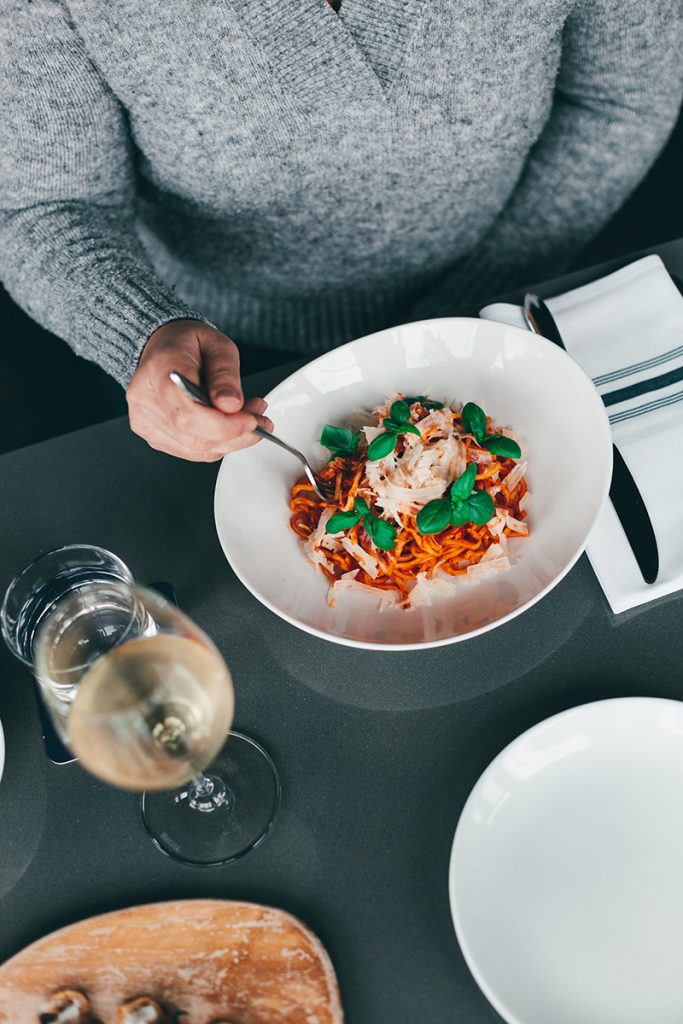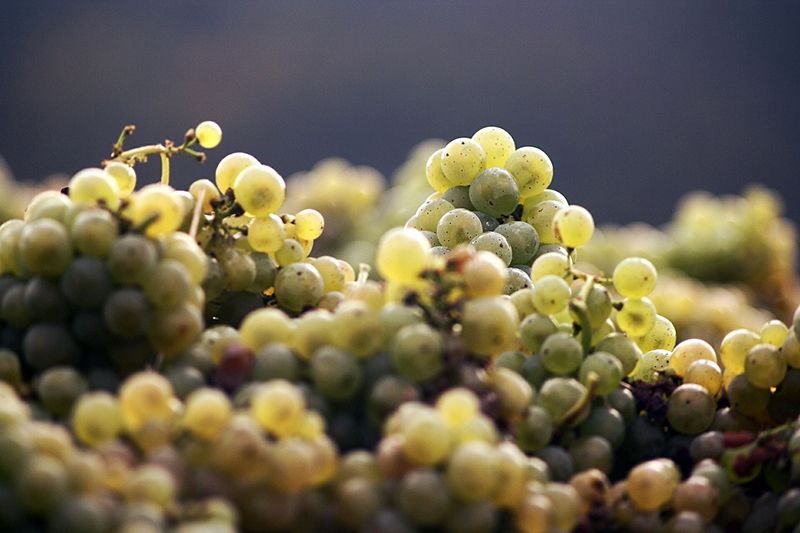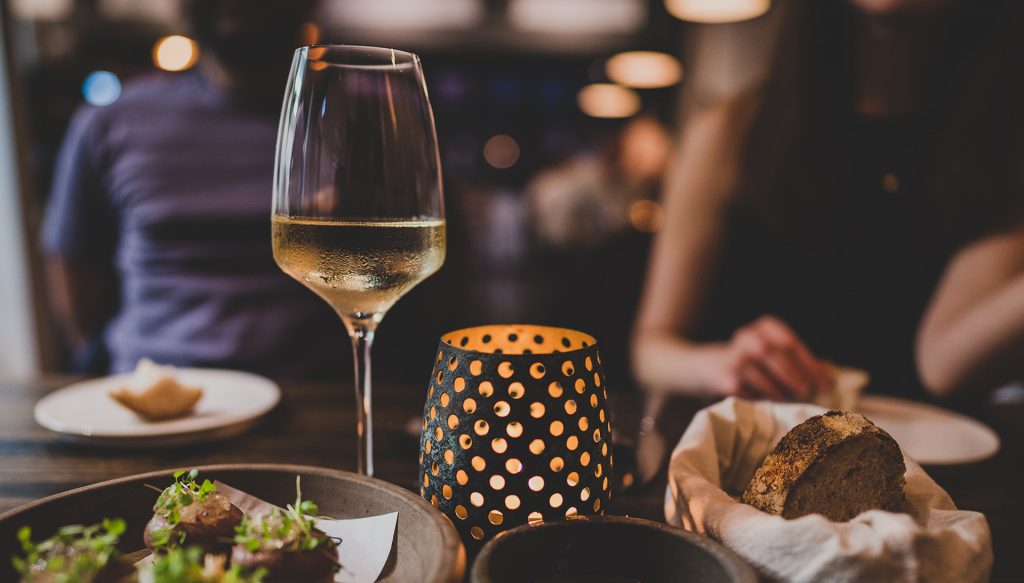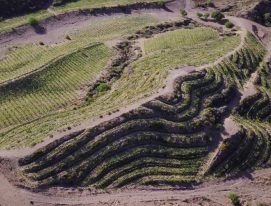It might not be common knowledge, but Argentina has an amazingly diverse range of white wines to offer and while among the reds one or two varieties are obvious market leaders, the acclaim is a lot more evenly distributed among whites.
Of these, Argentine Viognier is a choice that may well be new to many wine drinkers both locally and overseas.
The grape, which is popular in the northern Rhône regions such as Condieu and Chateau Grillet, is at the heart of some glorious wines from France and an expert’s favorite, leading some Argentine producers to see how well it does at home.
Another reason is that the grape enjoys sunny, dry terroirs, offering an excellent alternative to better known whites.
Finally, as it isn’t a variety that is especially associated with a specific country the way Malbec is with Argentina and New Zealand with Sauvignon Blanc, it becomes an interestingly strategic means of attracting curious palates.
The origins of Argentine Viognier
Viognier first came to Argentina in 1993 when Bodega Lagarde decided to plant some vines in Luján de Cuyo, Mendoza. “Ever since the launch of Lagarde Viognier we have been a go-to option for anyone looking for a fresh white a little different from classic Chardonnays or Sauvignon Blancs. People are amazed by these wines,” says Juan Roby, the winemaker at the classic Mendozan winery.
Silvio Alberto at Bodegas Bianchi is another fan of Argentine Viognier. He says: “I’ve been working with these grapes for years, making every different version you can think of. It allows you to produce a fresh, young wine such as our Famiglia Bianchi, but also more intense oak-aged incarnations, serious wines with excellent ageing potential. Mendoza is a wonderful place to grow it and it’s gaining more and more admirers.”
He mentions a key reason for Viognier’s success in Argentina: it loves the dry, sunny climate and poor soils.
This is why the vast majority of the 758 hectares under vine with the variety are located in Mendoza and San Juan, which are baked by the Cuyo sun.
In these conditions, Viognier thrives, producing wines with a memorable floral expression in which jasmine and white rose stand out especially.
These are accompanied by white fruit aromas such as pear, green apple and peach, as well as lime and tangerine. In the mouth it is fatty and voluminous with good energy.
Even though it is most commonly found in the two provinces mentioned above, it’s also producing excellent results in Patagonia and the northwest of Argentina.
Some of the most classical and celebrated versions include Diamandes de Uco, Lagarde, Famiglia Bianchi, Escorihuela Gascón and Serbal from Bodega Atamisque.

Viognier & friends
In northern Rhône, and more specifically the Cote Rotie, Viognier is often co-fermented with Syrah to bring out the aromas of the red and in Argentina several producers are following the French region’s lead.
Under this method, just a 5% dash of Viognier helps Syrah to grow more expressive and tense and this can be seen in El Enemigo Syrah-Viognier, Trapiche Iscay Syrah-Viognier and Las Perdices Syrah-Viognier.
But local wineries are also exploring other uses for Argentine Viognier such as in a blend with Chardonnay.
In these wines, the Rhône variety offers floral intensity and white fruit in addition to refining the structure, as seen in Mythic Vineyards, Finca Agostino and Zuccardi Serie A.
There are also more complex examples that fall into the increasingly popular category of White Blend. Here we see Viognier included in intriguing wines such as Blanchard & Lurton Grand Vin, in which it is blended with Tokai, Pinot Gris and Chardonnay; Chakana Nuna Blanco, a blend of Sauvignon Blanc, Chardonnay and Viognier; Mosquita Muerta Blend de Blancas, a daring mix of Chardonnay, Viognier, Muscatel of Alexandria and Sauvignon Blanc, or the imposing Luigi Bosca del Alma, a sophisticated combination of Chardonnay, Sauvignon Blanc, Viognier, Pinot Gris and Riesling.
Although it’s technically another blend, another very unusual wine really brings out the character of Viognier in Argentina, this time employing the traditional second fermentation method. Its name is Alma 4 Viognier, which is aged for 20 months in lees to produce an extremely floral and fruity sparkling wine.

Sweet temptation
“One notable quality of Viognier in Mendoza is its versatility,” says Fernando Losilla at Viña Las Perdices. “It’s a grape that we can use for dry whites, as a base for sparkling wines, with Syrah and even for flavorful late harvests.”
This latter style has grown quite popular as the variety’s vines tend to be vigorous and disease-resistant allowing the grapes to be harvested late for excellent, naturally sweet wines such as Fuego Negro Dulce Natural, Las Perdices Late Harvest, Desierto Pampa Late Harvest, Ampakama Dulce Natural and Alma Mora Dulce de Viognier.
Meanwhile, a classic in the sweet wines segment is Malamado Blanco made in the style of a white port by Bodega Zuccardi.
These are intriguing wines that go very well with ripe cheese, a strong-flavored fish or fruit and citrus tarts while one ponders what other surprises Argentina might have for us down at the wine store.



